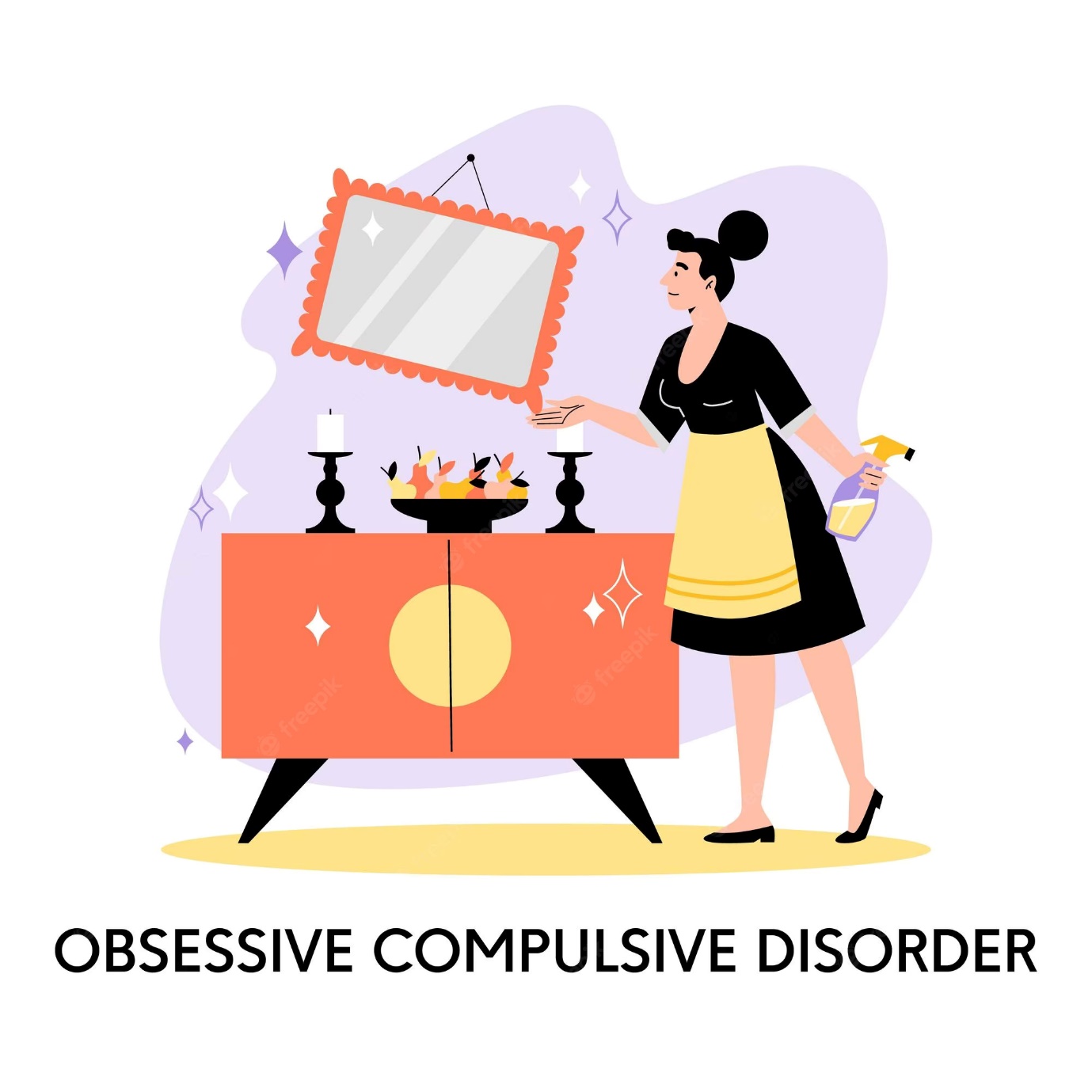OCD (obsessive-compulsive disorder) is a chronic illness. Person with OCD has recurrent thoughts (obsessions), urges to engage in repetitive behaviours (compulsions)
OCD impairs with the individuals daily functioning be it from getting dressed to seating or interacting with other clients. It also effects the individual alongside the colleges of the individual. Managing thoughts and engaging in compulsive actions will be difficult in the office situations. Non-performance of these behaviours can cause stress which effects the normal functioning of the individual.
Certain office situations an individual with OCD might fall into are:
- Double checking files before entering into the room
- Obsessive hand washing and maintain hygiene
- Longer duration for completion of tasks because of being preoccupied with their obsessive thoughts. This results in fall in productivity of the individual.
- Excessive need for cleanliness in common places like kitchen; washroom etc
Ways for managing OCD at work place are:
- Suitable modifications should be made for people in a work place that has people suffering from OCD. Maintaining cleanliness and suitable working conditions for these people.
- Flexible working schedules: The individual should be provided with flexible working schedules. Poor planning schedules and different sleeping patterns are to be adjusted thus providing flexible working schedules in regulating of working hours.
- Social gatherings: Having a kind of illness makes the individual fall a prey to discrimination and various other stereotypes. Thus, opening up about the illness helps provide awareness and helping the individual connect to new individuals.
- Private working spaces: People with OCD require proper decorum for work. They are very particular about cleanliness. They should be provided with spaces which they are to only granted access and asking other people not to use such a place when they are away.
OCD is characterised via way of means of the presence of obsessions and/or urges.
- Obsessions are recurring, persistent thoughts, urges, or images that are perceived as intrusive and unwanted. A compulsion is a repetitive behaviour or mental act that a person is compelled or driven to perform in response to an obsession.
- A. Presence of obsessions and/or compulsions.
- The individual generally tries to supress these thoughts or urges and then neutralize them with some other thought or action.
- The compulsive acts are used as a vent to reduce anxiety or distress.
- The obsessions and compulsions are time-consuming and cause clinically significant distress or impairment in the daily functioning of the individual.
- These responses and thoughts are not a result of any physiological substance or medical condition.
- These responses are not attributed as a result of any other mental disorder.
OCD act as a comorbid symptom for the following disorders:
- Anxiety Disorders
- Major Depressive Disorders (MDD)
- Feeding and Eating Disorders
- Tics Disorder
- Psychotic Disorders
- Obsessive-Compulsive (OC) Personality Disorders
Certain Risk Factors involved in developing OCD disorder:
Temperamental: Higher negative emotionality and behaviour inhibition in childhood are possible risk factors
Environmental: Physical and Sexual Abuse in childhood and other traumatic and chronic anxiety provoking incidents have been associated with increased risk. Auto-immune syndrome can cause environmental can increase the incidence of OCD.
Genetic and Physiological: First degree relatives of individuals with OCD are more prone to develop OCD. Dysfunction in the frontal and prefrontal cortex can cause the individual to develop OCD.
Treatment Techniques used by the professionals:
A. Psychotherapies: The therapies help the individual to combat the symptoms of the illness. The psychotherapies include:
- Cognitive Behaviour Therapy: This technique will help the therapist understand the faulty cognitions and behaviours resulting to those cognitions. The harmful and negative thoughts and patterns can be stopped thus replacing them with more rational thoughts
- Flooding and Systematic Desensitization: This technique involves gradually exposing the individual to the anxiety provoking stimulus and making the individual conditioned to the situation of maintaining at ease. If at any point anxiety arises it can be suppressed by providing relaxation which generally starts from the lower part of the body and rises above.
- Acceptance and Commitment Therapy: It involves accepting obsessive thoughts and taking power of them. Help the individual learn live a meaningful life irrespective of their OCD.
B. Medications: Certain psychiatric medications can help you control the obsessions and compulsions of the OCD. Anti-Depressants are also used to reduce the symptoms.
A word from us:
OCD affects 1-2% of the population, but with the right support and care, people can recover and live full lives. In the workplace, employers also need to work towards comprehensive workplace policies that address people with obsessive-compulsive disorder. By establishing effective support systems and paying attention to their employees, employers can improve the lives of many people. A supportive and comfortable workplace can help with this rehabilitation. If you can learn to control the symptoms of obsessive-compulsive disorder, you can enjoy life, enjoy your job, and be successful in your career again. quit bartending
TalktoAngel, an “online counselling in India” connects you with the best online counsellors and psychiatrists if you search for online counsellor.

